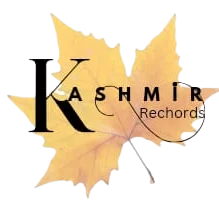(KASHMIR RECHORDS EXCLUSIVE)
Kashmir has been a fertile ground for numerous contributions to the world in various fields, including art, literature, medicine, engineering, history, and academia. This land has produced many great individuals who have left their mark not only on the subcontinent but also on the entire world. Among these notable figures is Koka Pandit Kashmiri, also known as Pt. Kokkoka, a prominent sexologist and Prime Minister of Kashmir of yesteryears.
Koka Pandit and His Magnum Opus
Koka Pandit is credited with writing the “Koka Shastra,” also known to some as “Ratirahasya” (Secrets of Love), a seminal work on sex education and psychological issues. This text, written in Sanskrit in the 11th or 12th century, addresses topics that modern science and education are only beginning to incorporate into curriculums.
Sylvan Levi, a renowned French Sanskrit Scholar (1863-1935), acknowledged Koka Pandit Kashmiri as the originator of Koka Shastra, though the exact date of its composition remains uncertain. Koka Shastra is not just a manual on sexual practices but a comprehensive guide that encompasses psychological and sociocultural aspects of sex and relationships. The text provides insights into medieval Indian society’s understanding of human sexuality, gender roles and interpersonal dynamics. This understanding has influenced subsequent works in the field and continues to be relevant in modern discussions about sex education.
Content and Structure of Koka Shastra
Koka Shastra, often considered Kashmir’s equivalent to the “Kama Sutra,” comprises fifteen chapters (pachivedes) and 800 verses. Unlike the Kama Sutra, which reflects ancient Hindu literature, Koka Shastra is tailored to medieval Indian society and its cultural milieu. The text covers various subjects, including:
1.Different physiques and types of genitals
2. Characteristics of Men and Women at different ages
3. Techniques of hugs and kisses
4. Various stages of love, from weight loss to fainting, and ultimately, death
Pt. Koka’s work also classifies both men and women into four psychophysical types based on appearance and physical features. He explores erogenous zones and days conducive to sexual arousal for both men and women.



Scholarly Acknowledgment and Influence
W. G. Archer, a British civil servant and art historian, noted that Kokkoka’s work focuses on maximizing sexual enjoyment and maintaining a woman’s happiness. Pt. Koka Ram drew from numerous sources, including Nandikeshvara, Gonikaputra, and Vatsyayana, to compile his treatise.
The various translations of Koka Shastra have included illustrations that help convey its teachings visually. These adaptations made the text more accessible and engaging, which is a strategy still used in modern educational materials. The use of artwork in Persian, Urdu and Hindi versions, for example, reflects an understanding of the importance of visual aids in enhancing comprehension and retention of information.

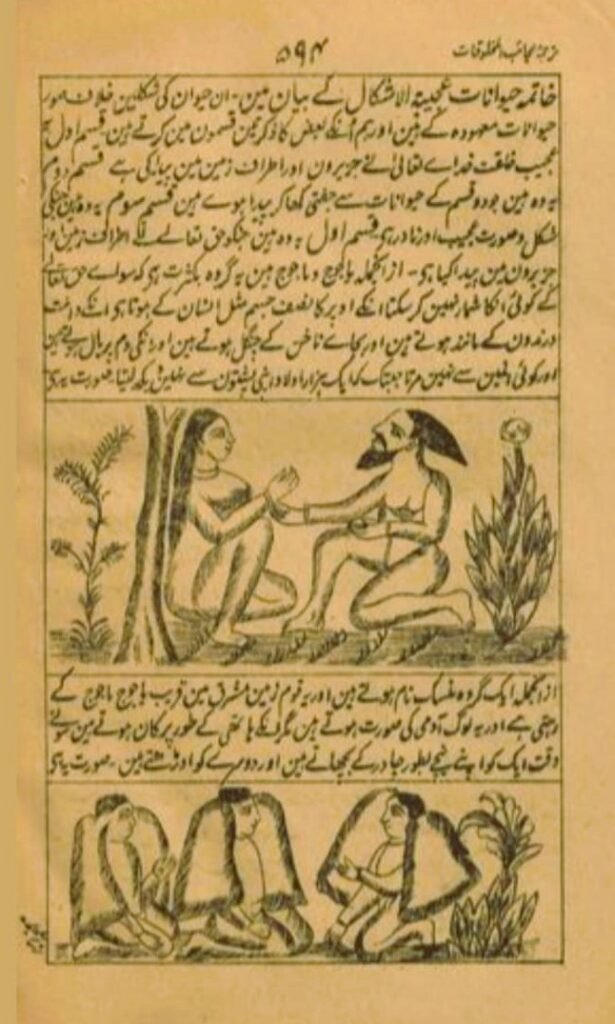
Translations and Global Reach
Over the past 300 years, Koka Shastra has been translated into several languages, including Arabic, Persian, Urdu, Hindi, and Turkish. Notable translations include:
1. “Lazzat Un Nisa“ in Persian, attributed to Ziya Nakhshabi, 18th Century
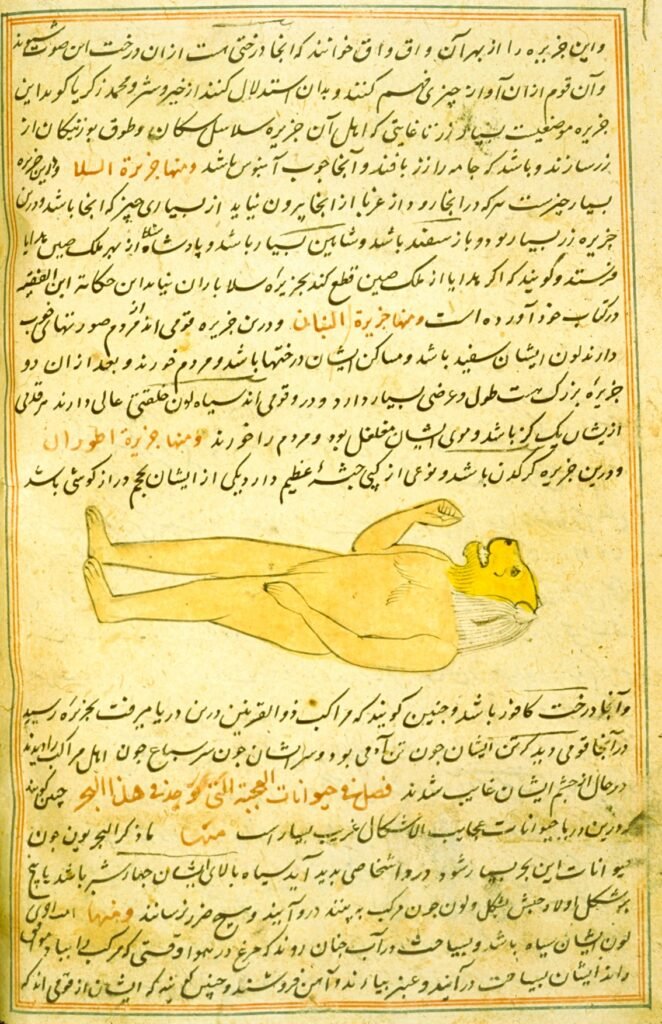
2. “The Koka Shastra” by Alex Comfort in English (1964)
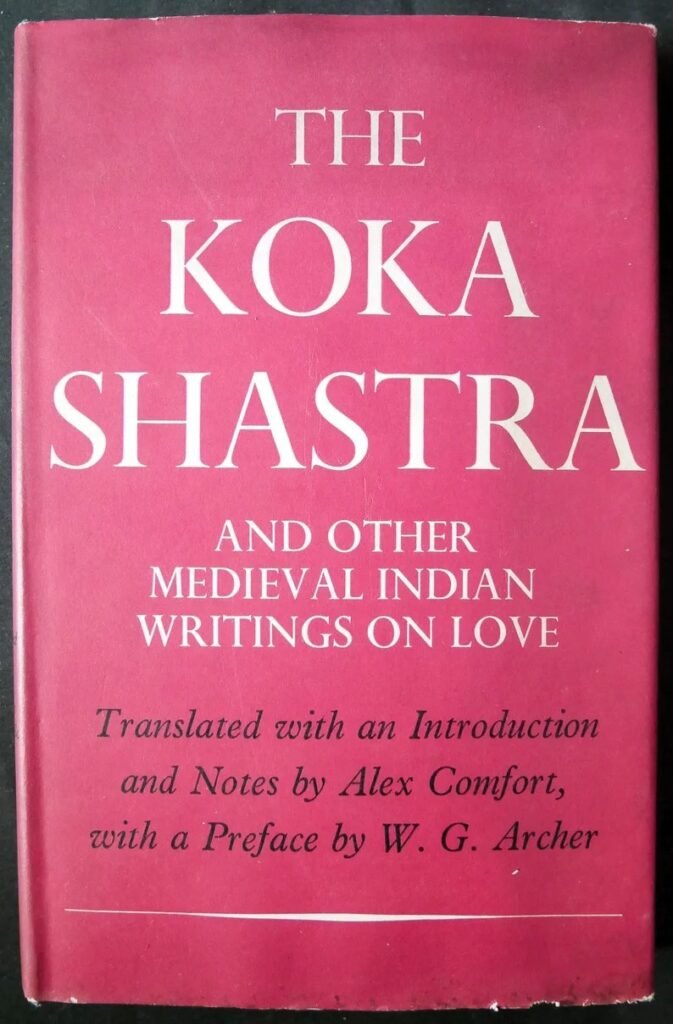
3. “Koka Shastra (Rati Rahasya)” translated by S. C. Upadhyaya
4 “Asli Kok Shastra’’ (Hindi) by Acharaya Gautam, (1889)
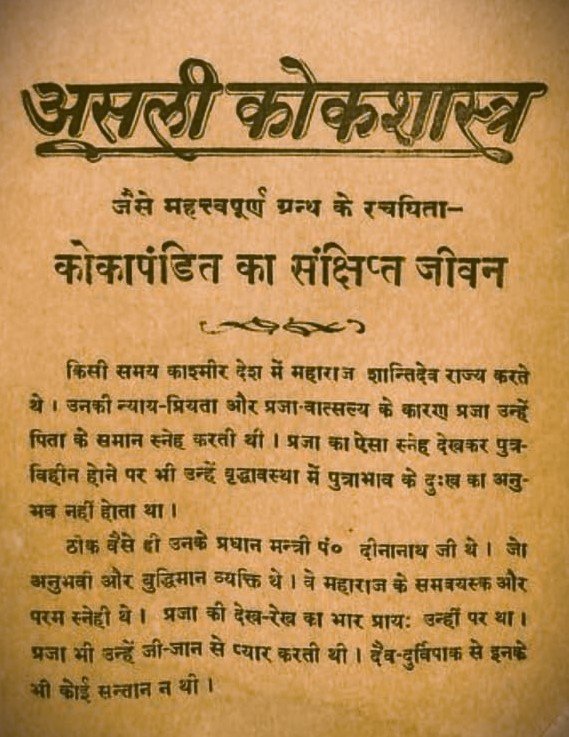
5. ``Maha Kok Shastra’’ (Urdu) by Pandit Pyare Lal Sharma (1905)

6.“Kok Shastra’’ (Urdu), J S Sant Singh and Sons.
These translations often incorporated illustrations and commentaries, enhancing the text’s accessibility and appeal. Persian scholar Ziya Nakhshabī added watercolours and gilt typical of 18th-century Mughal art in his version. The first Hindi translation is believed to have been undertaken in the early 17th century, from which later Hindi, Persian, and Urdu versions derived.
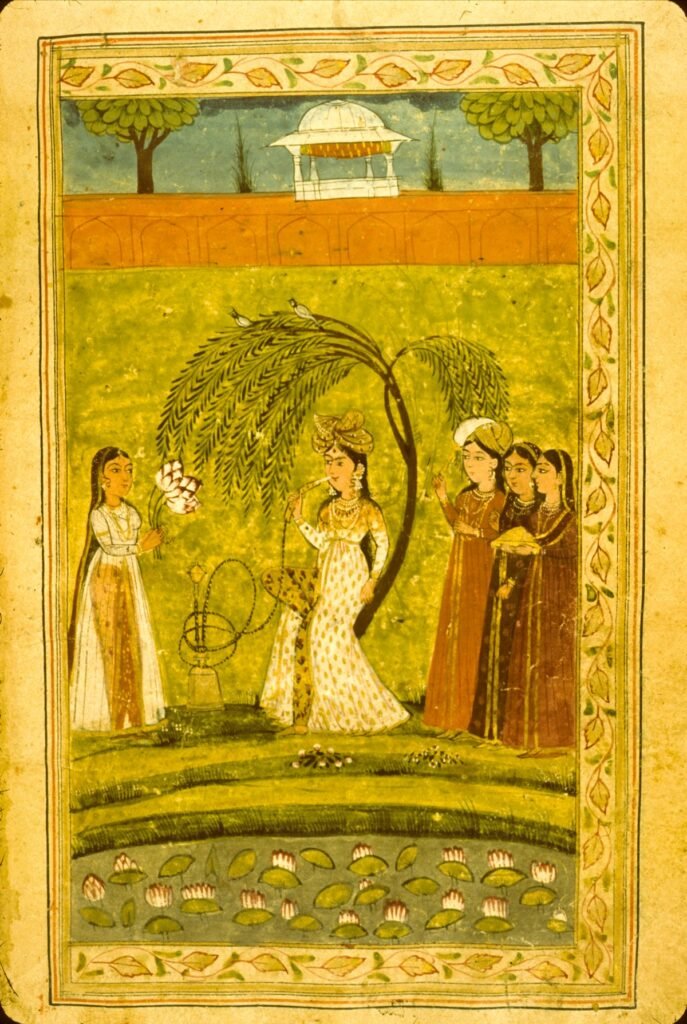
Continued Legacy and Research
In the late 19th and early 20th century, many Urdu versions of Koka Shastra were produced for the Urdu-speaking population of undivided India. These versions often included elaborate historical accounts of Koka Shastra and its significance. Many carried hand-made pictures also and gave a full credit to Pt Koka Ram while addressing him as former Prime Minister of Kashmir.
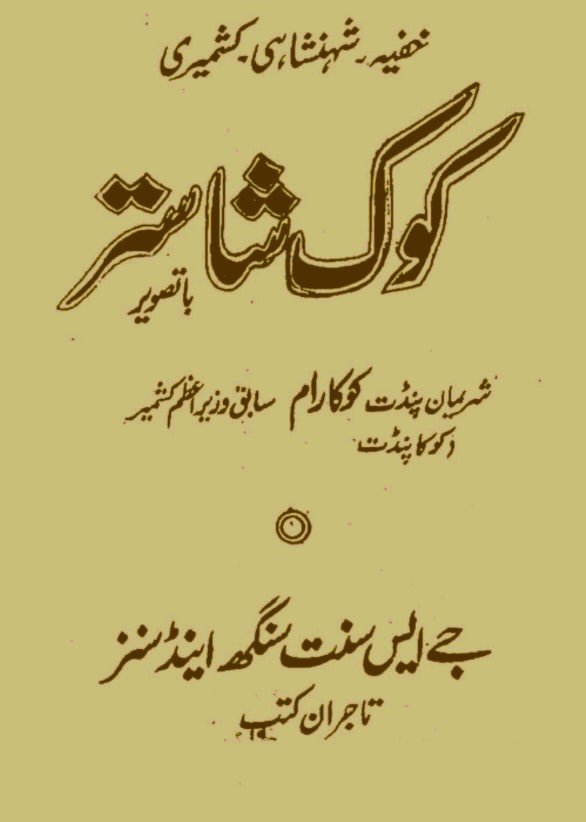
Invitation for Further Contributions
Many concepts from Koka Shastra have found their way into modern literature on sex and relationships. The detailed exploration of different types of physical and emotional interactions provides a foundation that contemporary writers and educators build upon. By recognizing the historical context and contributions of texts like Koka Shastra, modern sex education can draw on a rich tradition of knowledge and integrate it with contemporary scientific understanding.
Kashmir Rechords intends to further explore to provide an overview of the life and work of Pt. Koka Ram Kashmiri, his motivation and the context in which he had to write Koka Shastra. Since on a home turf, no work has been undertaken on this former Prime Minister of Kashmir, this write-up is thus open to further opinions, additions, and alterations, inviting readers to contribute to the ongoing exploration of this significant historical text.
By continuing to study and appreciate the contributions of historical figures like Pt. Koka Pandit Kashmiri, we can enrich our understanding of human sexuality and improve educational practices for future generations.
Drop your Comments in the Comment Box at the end of this article or write to us at kashmirrechords@gmail.com or support@kashmir-rechords.com

